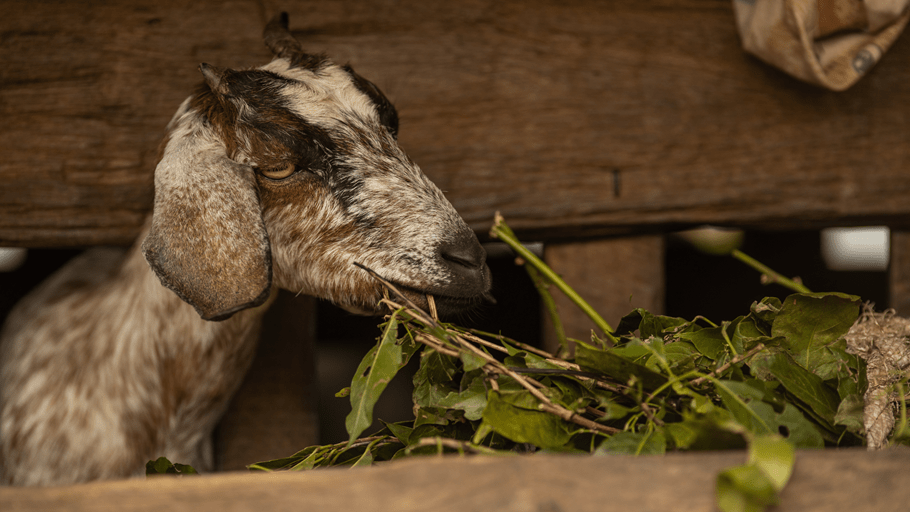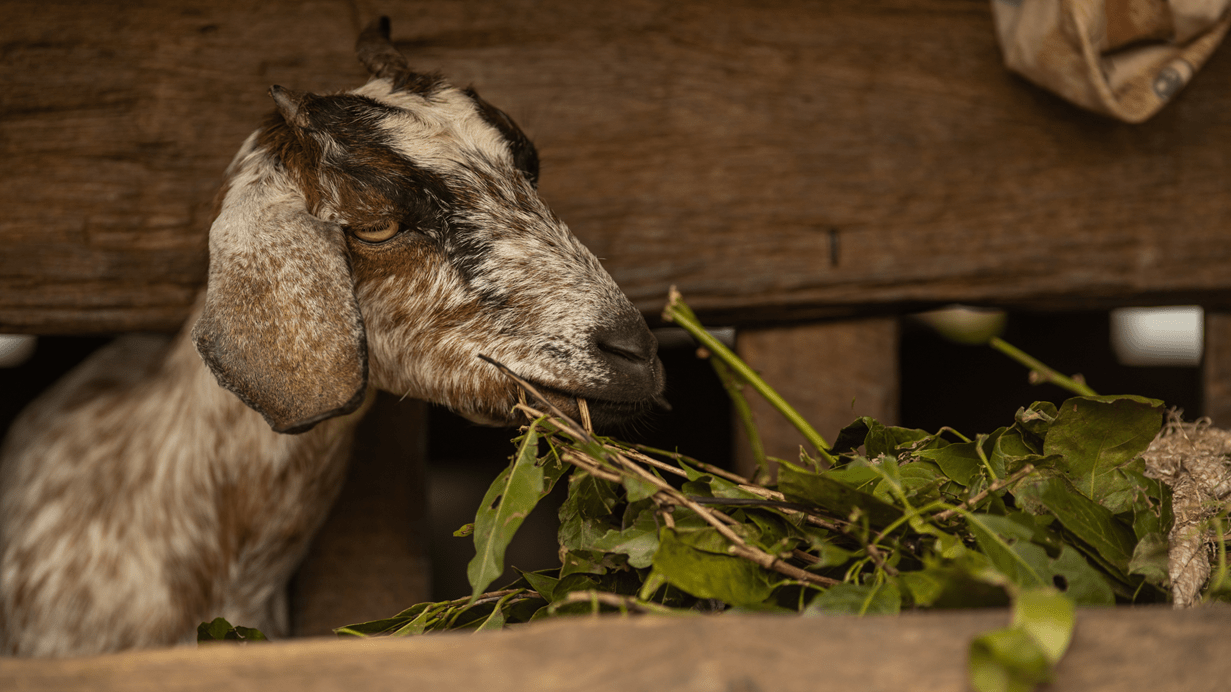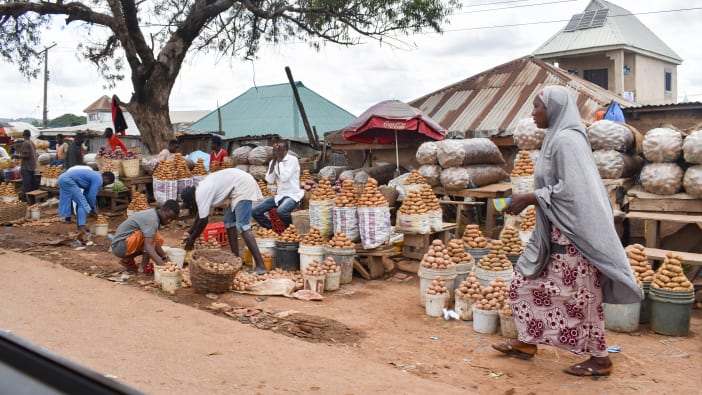Benefits of community forests
About 30 years ago, in an attempt to deal with the growing problem of deforestation – often caused by herds of grazing livestock – the government in Nepal began a phased handover of state-owned forests to the communities who rely on them. This gave back control and responsibility for their local areas of forest to the people most affected.
The International Fund for Agricultural Development, a UN agency who introduced the approach, reported that within five years, this programme had the following impacts:
-
annual household incomes in the communities rose, which increased food security and improved diet for children;
- the number of goats per household increased as the amount of animal feed available (from the forest) increased;
- women spent around 2.5 hours less per day collecting forage and firewood, so they had more time to spend on income-generating activities and to attend meetings, training and literacy classes. This led to increased self-esteem and confidence;
- school attendance increased because children were no longer spending their time herding grazing animals;
environmental degradation reversed at most sites, with ground cover increasing from 32 per cent to up to 100 per cent;
- biodiversity (of plants and wildlife) increased significantly.
There are now more than 22,000 Community Forest User Groups who manage one third of the total forest area in Nepal. Since these groups started, the country’s forest cover has increased from 26 per cent to 45 per cent.
Planting new life (and livelihoods)
Protecting forests is an economically and environmentally effective and sustainable way of improving the lives of people facing poverty in Nepal and one of the ways a Tearfund partner has helped support a local community is by providing 240 walnut saplings and support and training to turn a piece of bare land back into a life-giving, life-supporting forest.
Here is their story:
A problem of deforestation
Baushekailashmandau Community Forest in Bajura district of Nepal was first established in 2055 BS (or 1998 AD). This community forest benefits a total of 180 households in an area where subsistence farming is the main occupation.
The forest itself covers an area of 68 hectares and is home to many varied types of trees and fragrant herbs, as well as a diverse population of wildlife – including deer, monkeys, leopards, horses, bears and birds.
Nearby one of the villages that rely on this forest is a piece of land about 500 square metres large where livestock had been allowed to graze freely. Over time, this had resulted in the land becoming barren and unproductive.
This situation greatly affected the 60 households who rely on this area of forest for their living but, despite trying to get trees planted on this unused land, the local community had not managed to get any outside assistance.














